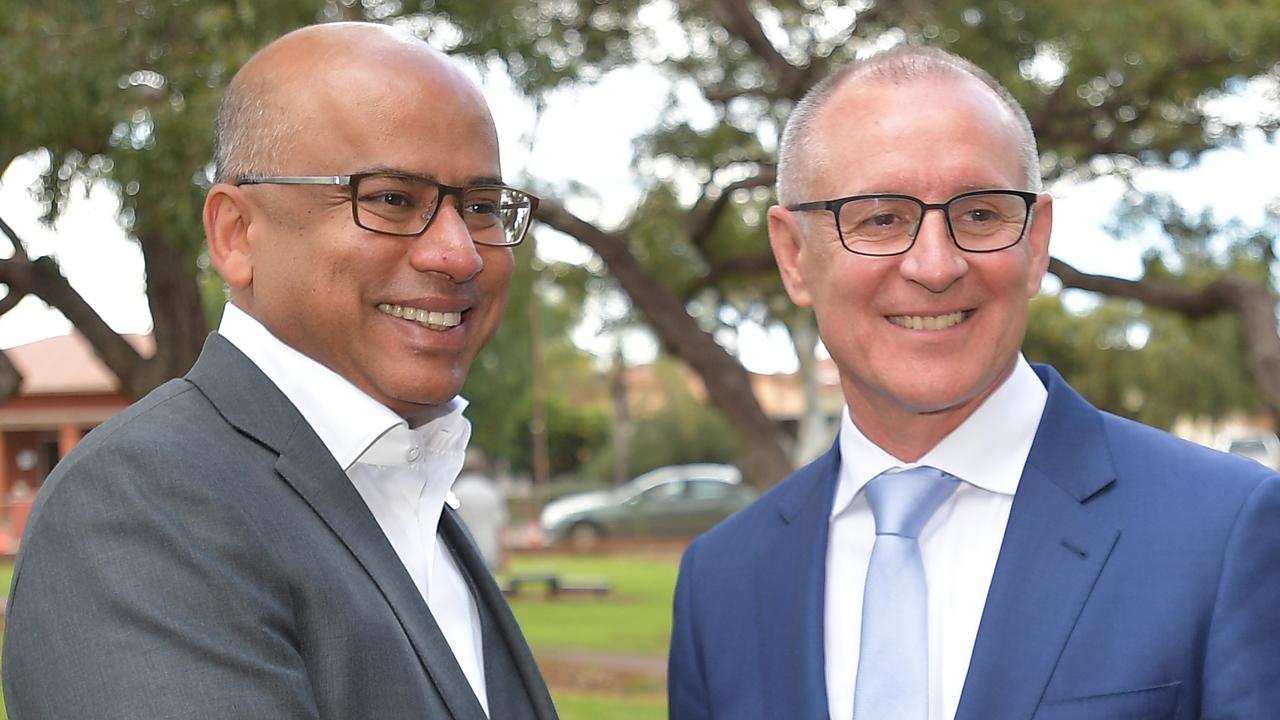Kangaroo population blow-out ‘only a matter of time’ amid plans for $350,000 strategy
Fencing. Cutting off water access. Eating them. SA’s kangaroo population is headed towards another explosion in numbers – and we need a plan now.
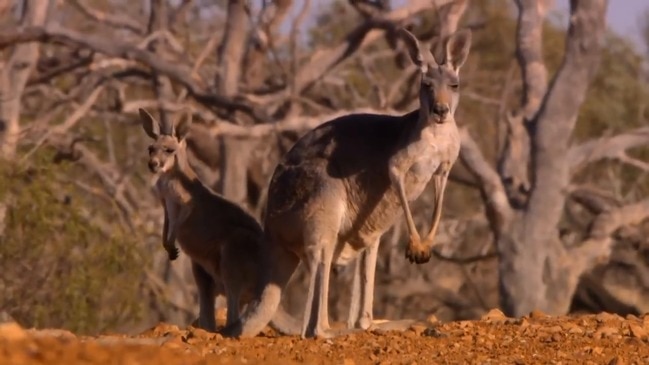
SA News
Don't miss out on the headlines from SA News. Followed categories will be added to My News.
A northern landscape board has launched a tender for a “kangaroo management co-ordinator” as part of a $350,000 project to find better ways to deal with the species.
The SA Arid Lands Landscape Board wants to come up with solutions to the devastating effects associated with the boom/bust cycle affecting kangaroos.
During the state’s most recent drought, pastoralists struggled to control starving kangaroos, who were venturing on to their properties in search of water and eating through crops and remaining livestock food.
Hundreds of thousands of kangaroos perished.
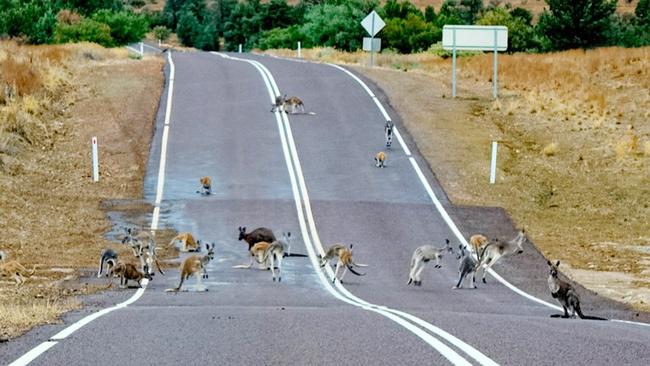
Board general manager Jodie Gregg-Smith said $350,000 in state government funding would be used to bring stakeholders, such as farmers, conservation groups and meat processors together, to come up with new ways to “manage” the species in SA.
The board has called for tenders from people interested in co-ordinating the partnership.
That role includes trialling kangaroo management techniques, which may include exclosure fencing, using technology to shut off water points, and improving access to the meat industry.
The co-ordinator will also set up “paddock to plate” marketing for kangaroo meat, and counter “misinformation from international and national media campaigns”.
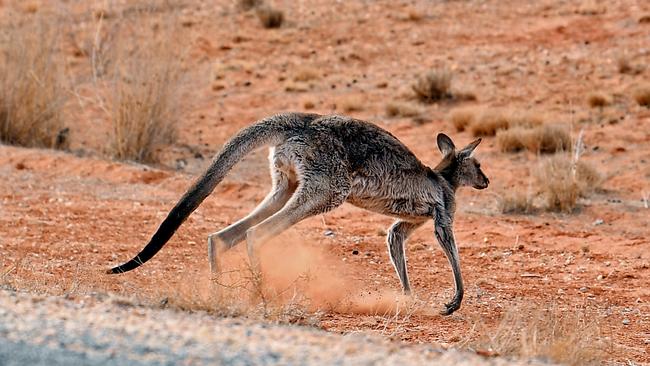
“There’s a lot of education needed when our coat of arms is existing in proportions that is not particularly cute and cuddly anymore,” Ms Gregg-Smith said.
“That has negative impacts for amenity and road safety and also for the condition of the environment, where other native species are being put at risk because they can’t survive with the overrun of kangaroos.”
Ms Gregg-Smith said it was “only a matter of time” before there was “another explosion of kangaroo numbers”.
“It’s about recognising … how we can work together to keep a balance for the environment and how we can create opportunities in employment and industries.”
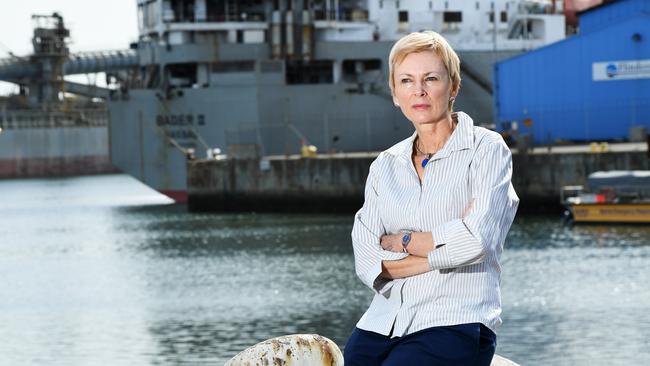
Last year a survey estimated there were more than 2.8 million kangaroos in SA. During 2020, 99,223 kangaroos were killed for the meat industry in SA, while farmers were given permits to kill 84,396 in non-commercial culls.
The government sets maximum quotas for kangaroo shooters who collect animals’ bodies for skin and meat.
Farmers can also apply for permits to kill the animals through non-commercial culls on their properties.
RSPCA SA animal welfare advocate Rebekah Eyers said the kangaroo management project must address urgent animal welfare problems, including inhumane shooting, the treatment of orphaned joeys, a lack of shooter monitoring and the need for all shooters to be competency-tested.
“The RSPCA believes there is an urgent need to develop humane nonlethal methods for managing kangaroos,” Dr Eyers said.
She said feedback should sought from animal welfare experts before starting research trials, which must also be approved by an animal ethics committee.



